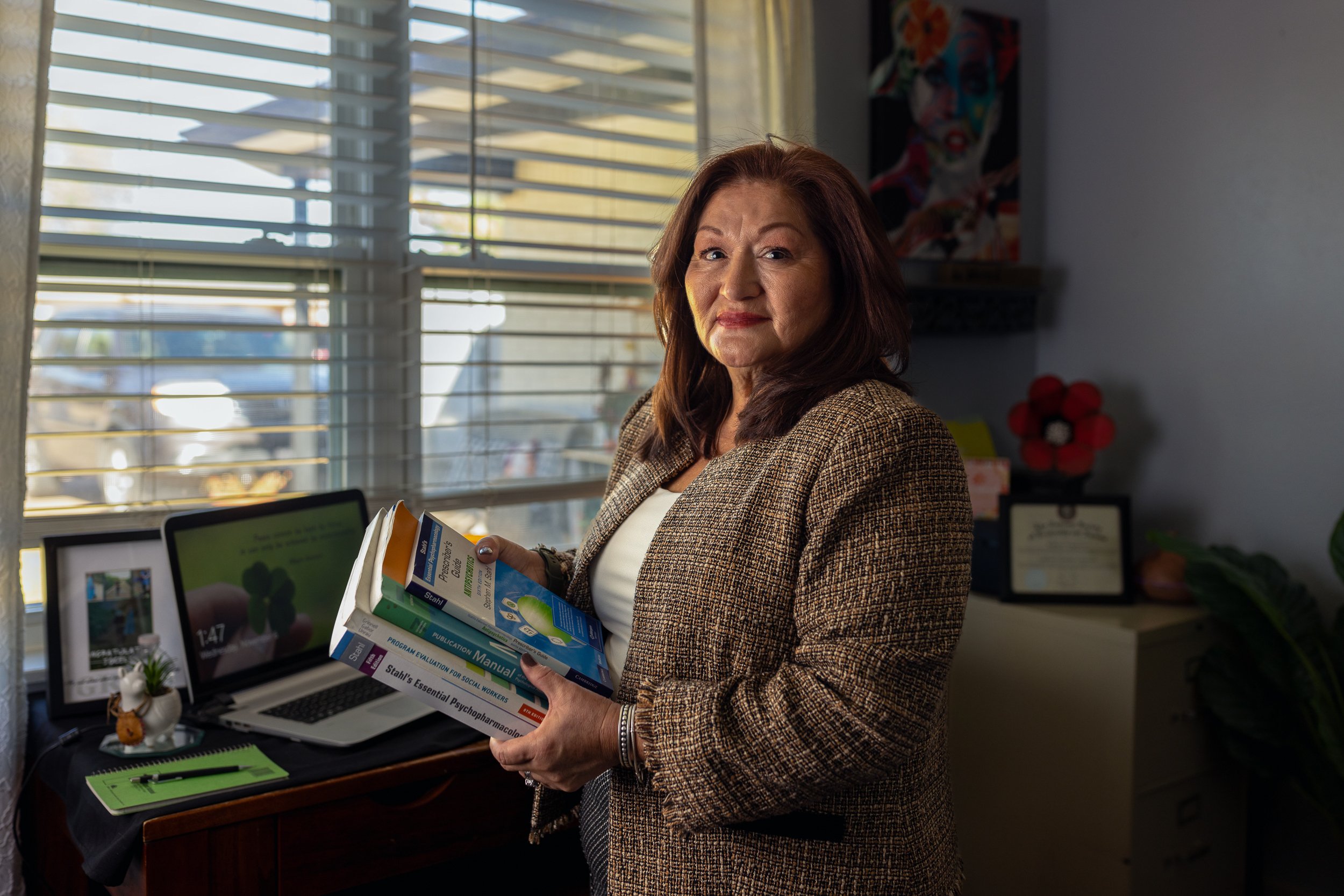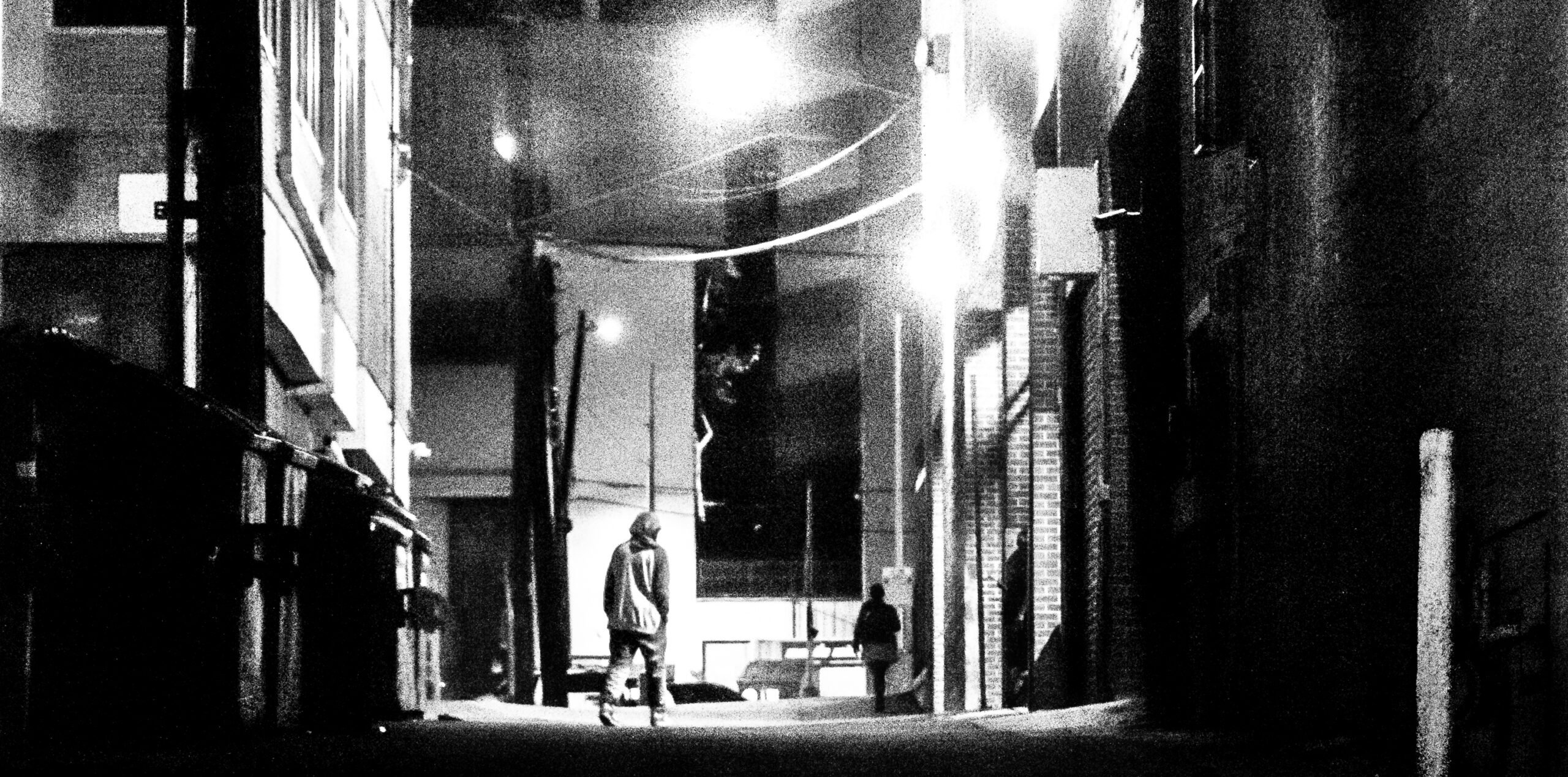Let me tell you a story.
It’s a story about a bird that became real to us only in death, in the pages of the remarkable novel that was both its epitaph and the instrument of its resurrection. It’s about the power of a simple narrative to transfix and endure, to sustain a life of its own beyond the author’s imagining.
And it’s the story of what scientists call extirpation, the annihilation of a species–a natural process that is accelerating at unnatural speed. Today it is 10 to 100 times the rate of prehistoric times. Birds are surprisingly resistant to this process; for millennia they have survived environmental changes that killed off other creatures. But the fragmentation of their habitat by human intrusion now makes avian species among those most vulnerable to extinction.
The final disappearance of a living organism and all its kind doesn’t happen the way you might think, a slow and steady declination down to zero. Instead, it’s a herky-jerky process marked by confusing reversals. A species–a frog, a fern–is gone before we know it, only to reappear, ghostlike, over and over again, until that undetermined moment when it slips into oblivion forever.

We pick up the thread of our story on a narrow road on Chappaquiddick Island–yes, that Chappaquiddick. That’s where John Nelson and his teenage son were driving six months ago when a familiar-looking bird landed in a nearby salt marsh. Familiar because Nelson, an eighth-grade science teacher from West Tisbury, Massachusetts, has been obsessed with this particular bird for 35 years.
Many people share his fascination with the Eskimo curlew, numenius borealis. It is said that immense flocks of these curlews helped guide Columbus, a poor navigator, to San Salvador in the fall of 1492. But the plump birds were slaughtered by the millions in the late 1800s, and stuffed in tins like tasty fruitcakes. Like the passenger pigeon, they never bounced back. They apparently became extinct more than 50 years ago.
Their sad demise inspired Last of the Curlews, a slender novel that became an unlikely bestseller in 1955. Its Canadian author, Fred Bodsworth, was a moonlighting journalist who worked for Maclean’s magazine and wrote fiction at night. Last of the Curlews was the first of his six novels–and, as it turned out, the most successful.
Bodsworth follows the last known pair of curlews on their migration between Patagonia and Alaska’s Kotzebue Sound above the Arctic Circle–an arduous round trip of 18,000 miles. The journey to the northern breeding grounds is interrupted in Saskatchewan, where the female is killed by a shotgun-wielding farmer. The male lingers by her body for many hours–the Eskimo curlew was fatally inclined to return to its fallen companions–before flying north to build their nest alone, an instinctive act of faith. In one of the saddest occasions of foreknowledge ever visited upon a reader, we know, as the bird cannot, that another mate will never come.
It’s hard to say why this sparely written book, only 123 pages long, is so compelling. Every now and then a writer tells a story, a seemingly predictable tale, in a way that has a profound, even physical effect. Think of The Red Pony or Old Yeller. When I read Last of the Curlews for the first time, I took to my bed in a paroxysm of grief, the first real grief I had ever known. I was 11 years old. But you don’t have to be a kid to get caught up in a story that begins in the steady cadence of these plain words:
By June the arctic night has dwindled to a brief interval of grey dusk and throughout the long days mosquitoes swarm up like clouds of smoke from the potholes of the thawing tundra. It was then that the Eskimos once waited for the soft, tremulous, far-carrying chatter of the Eskimo curlew flocks and the promise of tender flesh this chatter brought to the arctic land. But the great flocks no longer come. Even the memory of them is gone and only the legends remain . . . The odd survivor still flies the long and perilous migration from the wintering grounds of Argentine’s Patagonia, to seek a mate of its kind on the sodden tundra plains that slope to the arctic sea. But the arctic is vast. Usually they seek in vain. The last of a dying race, they now fly alone.
The poet W.S. Merwin was 67 when he finally discovered a worn paperback copy of Last of the Curlews and persuaded Counterpoint Press to issue a new hardback edition in 1995.
Merwin and I have a lot of company. Over the decades the book has sold three million copies (including a condensed Readers’ Digest version) and inspired countless people to take up birdwatching, which has become one of the fastest-growing hobbies in America. You would be hard pressed to find an avid birder who has not read it, who does not dream of spotting an Eskimo curlew someday. While it hasn’t achieved the celebrity status of, say, the ivory-billed woodpecker, the curlew is one of those Holy Grail species which would galvanize the scientific community if it were, as it is termed, “re-found.”
Bodsworth based his story on what was thought to be the last pair of Eskimo curlews, which disappeared after they were seen near Galveston in 1945. But several years after his book came out, a strange thing happened: the curlews started turning up again. Since 1959 there have been sporadic sightings from Texas to Canada, though fewer than a half-dozen reports are deemed reliable. Victor Emanuel of Austin, considered one of the best birdwatching guides in America, was on Galveston Island when a companion took the last known photograph of an Eskimo curlew, in April 1962. “It was like seeing a little bit of history,” Emanuel says.
In 1981 nearly two dozen curlews showed up on nearby Atkinson Island before vanishing again. Although still listed as an endangered species, the birds have yielded no hard evidence they exist. They breed in an Arctic wilderness so vast and remote that neither Canada nor the United States will spend money looking for them. No nests have been found for 140 years. There are only rumors of nests–and hope. Emanuel calls it wishful thinking.
“The problem is finding mates,” he says–the same problem that drives the narrative of Bodsworth’s story. He believes, as do most experts, that the Eskimo curlew is as good as gone.
But that doesn’t stop people like John Nelson from looking. A self-described “psycho case” on the subject of the Eskimo curlew, he is also an experienced birder and naturalist who has led tours for the Massachusetts Audubon Society. He’s made countless trips to museums at Harvard and the Smithsonian to study the stuffed skins of long-dead curlews laid out on their backs in storage drawers, their buff undersides unnaturally exposed.
Decades ago he committed to memory the minute markers that distinguish the Eskimo curlew from the larger whimbrel and its other cousins: its distinctive, faint eye stripe; the touch of red at the bottom mandible; the telltale cinnamon bars lining the underwing. Now 50 years old, Nelson stalks the marshes of Cape Cod every August, sometimes twice a day, because that’s when Eskimo curlew flocks once visited the New England coast on their way to South America. If the species were to announce its presence on this earth to someone, it could do worse than John Nelson.
On the afternoon of August 27, 2002, he and his 18-year-old son, Andrew, were driving toward a favorite fishing spot when they noticed a single shorebird coming in low and slow over their Isuzu Trooper. It looked like a whimbrel, but as it approached Nelson saw it was awfully small for a whimbrel, and brown instead of gray. As it passed overhead, it revealed a flash of cinnamon underwing. “Oh, my god,” he said.
“Dad, do you think it could be?” Andrew asked.
They spent the next hour taking field notes, sketching, creeping closer to the bird as it fed. They had binoculars but no camera. They heard it call–a low, tremulous whistle, just like the literature says. Creeping through tussocks of sedge grass, John got within 30 feet of the bird, which paid him little attention. One of the Eskimo curlew’s Darwinian flaws is its casual attitude toward humans. “He was wicked approachable,” John told me.
Our conversation took place after I had been engaged in a familiar search of my own. Ever since I bought the new edition of Bodsworth’s book and learned of the Eskimo curlew’s return from the brink of extinction, I’ve trolled the Internet every spring and fall. That’s when the birds, if they exist, are on the wing. Their migratory route–one of the longest of any species–requires re-fueling stops of several days’ duration. That’s when people are out there looking–in the Northwest Territories, on the Laguna Madre, in Labrador. If they see something, or think they see something, it quickly shows up on a birding website.
Unfortunately, the occasional Eskimo curlew sighting is usually made by an amateur and doesn’t stand up to scrutiny. Still, I keep looking. That’s how I came across John Nelson’s report in the Vineyard Gazette, a newspaper that has chronicled bird news on Martha’s Vineyard for generations. When I called him up to get the details, we fell into a conversation about Last of the Curlews.
Nelson has 30 copies of the book and assigns it to his students to read every year; at 13 and 14, they are not too old to cry when they read it. “Is Bodsworth still alive?” he asked. Yes, I told him. In fact, I had recently talked to him myself. It’s been 47 years since I first read his book, and I figured it was long past time to make his acquaintance.
A storekeeper’s son who could not afford college, Fred Bodsworth grew up in Port Burwell, a little fishing village on Lake Erie, with nature at his back door. “I would have become a biologist, but the thing that was open to me was journalism,” he said from his home in Toronto. “So that’s what I did.” He was a 31-year-old magazine writer when he wrote Last of the Curlews. Though he went on to write five more well-received novels, he knows he will be most remembered for his first one. He seemed rueful about that. No writer wants to peak early, and it doesn’t help that he always saw Last of the Curlews as a fluke.
“I was trying to write short stories at the time, and it kind of got out of hand,” he said. “I never dreamed it would be a book.” The novel’s structure–now a contemporary trend–resulted from a literary agent’s suggestion to pad the fictional narrative with excerpts from real historical accounts. Written in the quaint reportage of 19th-century observers, they create an almost lyrical meditation of a species spiraling downward:
The pertinacity with which they cling to certain feeding grounds, even when much molested, I saw strikingly illustrated on one occasion. The tide was rising and about to flood a muddy flat of perhaps an acre in extent, where their favorite snails were in great quantities. Although six or eight gunners were stationed on the spot and kept up a continual round of firing upon the poor birds, they continued to fly distractedly about over our heads, notwithstanding the numbers that every moment fell . . .
Notes on the Ornithology of Labrador, 1861
Bodsworth’s careful descriptions of the curlews’ physiology, the aerodynamics of wings that tirelessly beat at a cruising speed of 50 miles an hour, reveals a born naturalist. Last of the Curlews is also unfashionably anthropomorphic–it projects human characteristics onto nonhuman forms of life–but in his hands, it works.
It’s not just the curlews’ suffering that breaks our hearts–the lung-bursting flights over the Andes, the dark Atlantic storms that beat them down into the sea–but the innocence of their own mortality. Time passes too swiftly; the seasons of renewal at the ends of the earth, as Bodsworth constantly reminds us, are short. Yet the last curlew presses on, seized by a biological imperative that takes the familiar form of foolish hope. Like a lover waiting at the station, he searches each incoming train–flocks of plovers, whimbrels, sandpipers–for a mate that never arrives. Like a prospective parent preparing the nursery, he fixes a nest for a family that doesn’t materialize. And when a mate finally appears, their love–hopeful, ecstatic, blind–is already doomed.
One second the curlew was feeding busily at the edge of the breakers, surrounded by dozens of plovers, yet alone; the next second the female curlew was there, not three feet away, so close that when she held her wings extended in the moment after landing even the individual feathers were sharply distinguishable. She had come in with a flock of nine plovers. They had dropped down silently, unnoticed except by the sentinel plover that stood hawk watch while the others fed. She lowered her wings slowly and deliberately, a movement much more graceful than the alighting pattern of the plovers. Her long, downward sweeping bill turned toward him.
Love figures prominently in other Bodsworth books, including The Strange One, which marries the story of a wild goose with the romance between a Cree girl and a Scottish boy. But when I suggested that Last of the Curlews is, at heart, a love story, Bodsworth was taken aback. He had never thought of it that way. “Well, my editor at Maclean’s at the time did say it’ s a boy-meets-girl story,” he recalled. “Except there’s no boy and no girl.”
At 82, Bodsworth soldiers on, consumed by a project that has occupied him for many years, a dense book about climate change. “It’s really a swamp when you get digging into it,” he told me. “The first thing is to get the science right, then tell it in terms of anecdotes and narrative that can make a popular piece of reading. I hope I’m doing that.”
In the long winters and brief summers of a northern city, he works against the clock–driven, it seems, by the nagging success of his first book. “It makes me more and more anxious to not live on in any past glory, and at least get one more thing out that will make a difference.”
Meanwhile, a month after John Nelson saw the bird of his dreams on Chappaquiddick, another birder thought he saw an Eskimo curlew on Chesapeake Bay. The birds have rarely been spotted there before, but the timing was right for their fall migration south over the Atlantic–the same trajectory that took them past Columbus’s ships five centuries ago.
Little is known about the specifics of their spring route northward across South America and the Yucatán peninsula, a journey that takes six weeks or so. But in March or April–just about this time of year–Eskimo curlews used to show up on the Texas coast. In his book, Bodsworth tells us this was when the last pair of curlews made their honeymoon flight from the Yucatán, joining the chattering hordes of cuckoos, thrushes, bay-breasted warblers, bobolinks and vermilion flycatchers over the warm, moonlit waters of the Gulf of Mexico.
Maybe another pair is out there now, waiting for a favorable wind from the south. Of all their traveling companions, the Eskimo curlews always fly the fastest, for they have the furthest to go. And the seasons of love–theirs, ours, does it really matter?–are so short.
Brenda Bell grew up in Texas. She now lives, writes, and teaches in the Seattle area.


